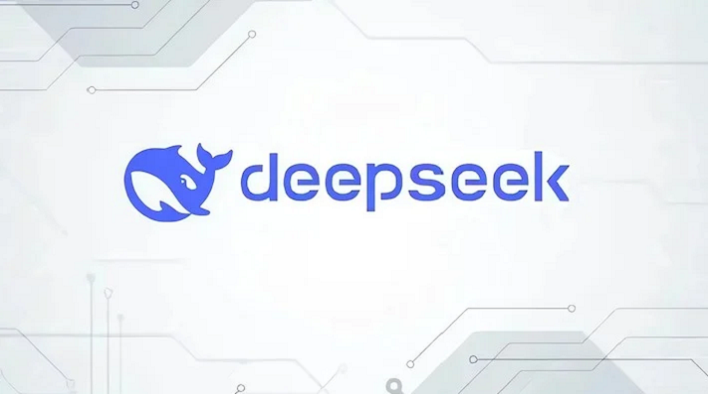
Researcher Alarmingly Tricks DeepSeek And Other AIs Into Building Malware
- 24.03.2025 21:06
- hothardware.com
- Keywords: AI, malicious code
Researchers found that AI models like DeepSeek can be tricked into generating malicious code by creating alternative contexts, enabling attacks even by unskilled actors. The study highlights vulnerabilities in AI systems and the potential risks of misuse.